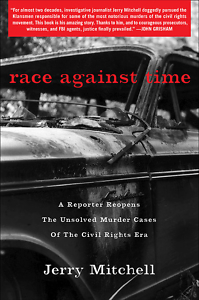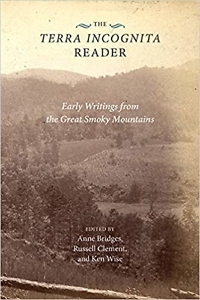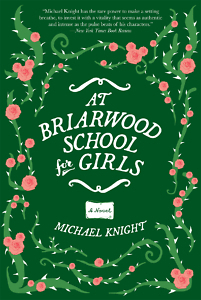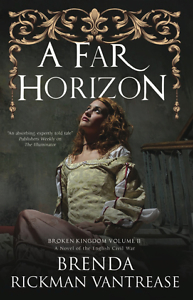The Ghost Hunter
…challenges. At the beginning, I didn’t have a transcript of the 1967 federal trial, and even when I did, I didn’t know if any of the witnesses were still alive…
…challenges. At the beginning, I didn’t have a transcript of the 1967 federal trial, and even when I did, I didn’t know if any of the witnesses were still alive…

Univ Tennessee Press
447 pages
$49.95
“Based on years of research, the diaries, memoirs, literature, and journalism collected here shed light on various historical and cultural aspects of the Great Smokies, from Smoky Mountain folkways and religion, to the Civil War era and the Cherokee Indians.”
-from the publisher

…allows ideas to persist about the superiority of one racial group over another. He writes: “One either allows racial inequalities to persevere, as a racist, or confronts racial inequalities, as…

…critical, turning-point year in American history. A book like Free All Along is necessary because it sharpens the reader’s historical consciousness. Immerse yourself in it. Read it from beginning to…

…the past: “If individual experience molds us into who we are as human beings, then surely community experience—national experience—defines us too,” observes the Briarwood history teacher. “No doubt all history…

…any true role in the war. Lucy Hay, the book’s second protagonist, is also in a state of flux. She has only recently returned the royal children to their mother,…
